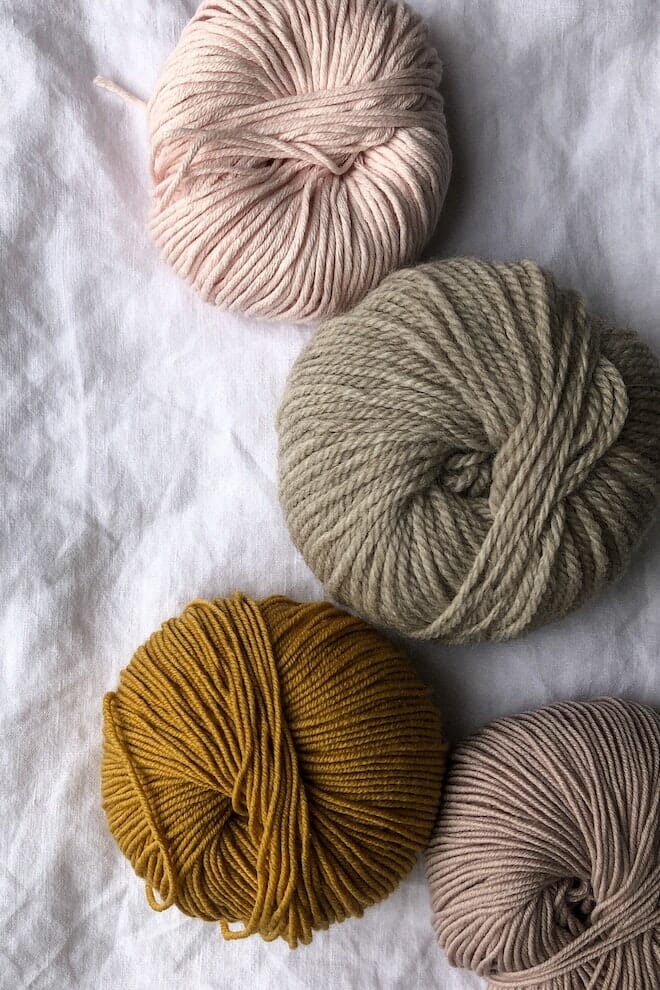What is wool fabric?
Wool is a natural material made from the hair of various animals, such as sheep, goats, llamas, camels, and more. It’s used for industrial applications (to produce carpets, interior textiles, or protective garments worn by firefighters) and clothing, such as gloves, hats, socks, sweaters, suits, coats, and other types of clothes.
There are 10 types of wool:
• Merino wool
• Cashmere wool
• Mohair wool
• Alpaca wool
• Angora wool
• Camel wool
• Vicuna wool
• Virgin wool
• Llama wool
• Qiviut wool
Find out more about different types of wool here.
Characteristics of wool
One of the biggest advantages of wool garments is that they can keep you warm for a very long time. This is why it is a great idea to have a woolen clothing item in your wardrobe if you have to deal with cold weather.
But keeping warm is not the only benefit of wool. This material is also very breathable, durable and isolating. So you can be sure that you won’t get sweaty and feel uncomfortable. Woolen garments will let you stay dry, cozy and won’t let you get cold, because of its isolating abilities. These are some essential aspects of why wool fabric is so important for winter.
Another great thing about wool - it is environmentally friendly: wool is recyclable and biodegradable, because of its natural origin. It can decompose in soil within a year. For example, other synthetic materials can take years or even decades to decompose, potentially polluting and damaging the environment.
Wool is also a fully renewable fiber, because most of the animals are sheared once a year (or even once in three years!), depending on the animal. This helps for animals: they can stay more comfortable during the summer and a few months later their hair grows back again, so they can feel warm during the winter season.
What is wool made of?
Wool is made from animal hair. Most people think that wool is made only from sheep hair, but as it was mentioned before, it can be made from various animals' hair, for example, goats, llamas, camels, rabbits, and more. Most of them can be sheared once a year, but there are a few types of animals which can’t be sheared so often. For example, vicuna’s wool can be sheared only every three years and cashmere goats can produce only about 150 grams of wool per year.
History of wool
Wool primarily comes from sheep, merino wool specifically. Sheep are also known as the oldest farm animals.They were domesticated about 10 000 years ago. Although the history of wool goes back over 10,000 years, actual garments were made much later. At first, people used the skin of wild sheep to keep them warm. The earliest evidence of wool garment is from around 4000 BC, but it’s possible that it happened much earlier. The first hard evidence of wool domestication in Europe is a wool textile that was preserved in a Danish bog around 1500 BC. To this day, wool is a very important fabric, considered one of the most effective cold weather protection and absolute winter classics.
How is wool fabric manufactured?
Curious how your woolen sweater is made? Well, it's quite a journey to make wool garments. First of all, production starts with the shearing of animal hairs (the process of removing animal fleece). To do this job, you need to have highly trained people who would know specific practices of shearing animals. Usually, they do it with electric shears and are able to remove the fleece in one piece! Next step is to clean the shorn wool. The raw wool is taken through a wash, rinse and spin process. After that comes the sorting process where wool is sorted into bales. Next it’s the carding, the process of making the fibers into long strands. Finally, these carded strands are spun into yarn and after the final wash it can be woven into garments or other types of textiles.
Wool fabric production in the world
Through the years, wool has been one of the most used textiles in the world. The top wool-producing countries are Australia, China, and New Zealand. Australia produces 25% of the greasy wool of the world market (which is about 345 million kilos of wool every year!).
Wool is a natural material, so it’s not impactful on the environment. It is possible to produce wool in sustainable ways as long as wool-producing animals are allowed to live free, they’re not crowded or have to deal with inhumane practices. There are strict animal welfare criterias, which you have to follow in order to have sustainable wool.




Leave a comment
This site is protected by hCaptcha and the hCaptcha Privacy Policy and Terms of Service apply.